15 °c Wind speed: 20 km/h Precipitation: 29 % Cloudiness: 93.5 % Humidity: 79.5 mm Pressure: 29 mb
The London Underground: A Journey Through Time and Space
London
United Kingdom
Description
Hidden beneath the heaving streets of the UK's most vibrant city, the London Underground - one of the world's busiest metro systems - whisks you from A to B with minimal fuss. The Tube is, and will always be, at the heart of Londonist: that venerable underground railway with a name consecrated by successive generations of Londoners, it does not only happen to be a system of transportation, but a living artery that continues to circulate its history, traditions and the life of the Londoner.
The Beginning of the Underground
The history of London more than half a century, during the period of rapid industrialization and the rapid expansion in the urban community in which the London Underground was developed for use has been used to determine the development of the modern subway has begun. As London was getting more populous, it was obvious that they had to do something with the increasing number of cars and different traffic issues. Plainly put: the roads beyond this point are now called for cars. The Metropolitan Railway opened in the 1860s and was the first underground railway to be successfully established, making a reality of the aspiration pursued for nearly half a century by pioneering lawyer and local politician Charles Pearson to persuade Londoners of the benefits of subterranean railways.
The initial part of the Metropolitan Railway opened in 1863, giving a rail connection from Paddington to Farringdon. First of its kind steam locomotive maiden voyage In 1863, the now boring engineering miracle was new in London new style of life was possible in London, and its vast inhabitants might travel. On the modern Tube, it is easy to imagine the mix of excitement - and perhaps terror - of early passengers as they were carried down into the smoky netherworld of the tunnels.
A Marvel of Engineering
The London Underground is amazing, a marvel of human engineering and determination. The old tunnels were constructed "cut and cover" style, which required trenching on city streets, rail and ties laid in, then loosely covered over. It was a cumbersome procedure that altered the metropolitan area of London and brought home the desire for a fully networked metropolis.
The years brought with it advances in technology and design change to make living easier. Electric trains came in the late 19th and early 20th centuries, changing the Underground and enabling deep-bore tunnels. The Piccadilly and Northern, and other lines, follow deep-level tube tunnels, surely the ultimate transition from steam into an electric future (stage) (in progress).
A Journey Through History
The single most important thing about the London Underground is that every line tells a tale - a tale that is as much engraved into the metropolis's history and culture as it is cut into the subterranean rock. The Circle Line (named so due to its twisted route) is a golden ribbon, linking the city's best-known landmarks from the grandeur of Westminster to the frenetic bustle of Liverpool Street.
Transport was only a part of the Tube's contribution during the Second World War. Tunnels provided shelter for Londoners during the days and nights of the continuous bombing that were the Blitz. The reminders of those wartime nights that echo through the Underground walls attest to our resilience and the great British spirit.
Art in the Underground
Around London, the London Underground - known as the Tube (you know, like the movie The Taking of Pelham 123, *only without all the hostage-taking) - is more than just a conveyance for moving commuters from Point A to Point B, but a venue for artistic self-expression. Both, however, are little more than the tip of the iceberg: these stations run alongside a veritable Aladdin's cave of art entombed deep within the labyrinthine system, from the ultra-modern murals of Tottenham Court Road to the retro mosaics of Baker Street - a veritable Mecca for aficionados of Sir Arthur Conan Doyle's most famous detective, Sherlock Holmes. The better cute and individually styled each station becomes.
The map is probably the most well-known piece of art on the Underground. In 1931, Harry Beck created this schematic map that revolutionized the way people navigated through complex transit systems. Designed entirely by Beck, his map provided order from chaos, in simple lines, with an artful restraint, the design rapidly becoming an icon of both modernist transport design and London itself. As it happens, the Tube map is not merely a transit prophecy, it could head-on to turn out be one of the most famous manifestations of graphic design in history, a design classic lauded and replicated the world over.
The Soundtrack of the City
The London Underground has its own symphony too, no less cacophonous than the sound of the wind through the trees. The designed ambiance, the notes of hummed music at stops, the swooshes of the doors, the thumps of steel wheels slapping the rail. The buskers add to this same symphony - their music echoing through the sewers, breaking away from the mechanical monotony and, occasionally, turning a lackadaisical commute into a moment of joy in its own right.
Today, the public address system with the now iconic "Mind the Gap" has become as much of a part of the London lingo as bowler caps and umbrellas. This is the essence of the utility and the charm of the Tube as it sounds like the inevitable announcement to mind the gap between the train and the platform. A greeting that would be perfectly in sync with the millions that walk through those subterranean passages every day, a gentle nudge in context to the city that never sleeps.
The Future of the Underground
The layout of the capital takes on an ever-changing form and London's Underground network reflects our changing world. This is done alongside the introduction of the Elizabeth Line - and associated line upgrades that will complement the existing network and keep the Tube relevant, efficient and usable in the city. But transportation technologies and systems are changing rapidly, to shorten trips, attract more riders and adapt to the needs of a city whose economy continues to change rapidly.
The network also went green, with ideas aimed at reducing the network‘s carbon footprint, along with incentives focused on increasing energy efficiency. The future of the Underground need not be limited simply to finding new ways to move people through our city but finding the most elegant, respectful, and sustainable way to do so. Other energy-saving measures include regenerative braking systems on escalators and lifts, energy-efficient lighting and fan systems and the installation of solar panels at depots.
A Cultural Icon
More than just a method of moving around, the London Underground is both a cultural institution woven deep into the heart of the city and a symbolic pulsing pulse that keeps this metropolis ticking over, 24 hours per day. The circle with the bar in the middle, says: Imagine up a region anywhere on! This is a sign of London.
There is something deep about the fact that every ride taken on the Underground is a shared voyage with the diverse tapestry of the people of London - residing in what is arguably the most multicultural city on the planet. From the kids in Uniform on their way to school, to the busy-suited bankers tucking into their morning paper also to the wide-eyed tourists on an adventure around the beautiful city of London, all with a common cause or destination to share.
Conclusion: London's lifeblood
It is not only an alternative for transport but the life of the city - the circle of the London Underground. Pumping away down here, the heart of London, the life force of the capital, people marching to the tune of the city, barriers up, automatic and mechanical. From that first historical context down to where it had to go today, the Tube had to enter the pages of the annals, as the Tube represents the character of humanity - adaptability, strength, and endurance against all odds.
You are not simply stepping into a mode of transportation, you are descending into a living history, a world that is a part of the city above, but which exists independent of it, and a world that is constantly changing and evolving; a mirror image of the city on the surface, a reflection of time. The past and the present in a deep dive, a London spirit that lurks beneath, in the guts of the sea, a kind of sea of stories.
#LondonUnderground #TheTube #MindTheGap #TfL #ElizabethLine #TubeMap #LondonTransport #HiddenLondon #UndergroundHistory #ExploreLondon
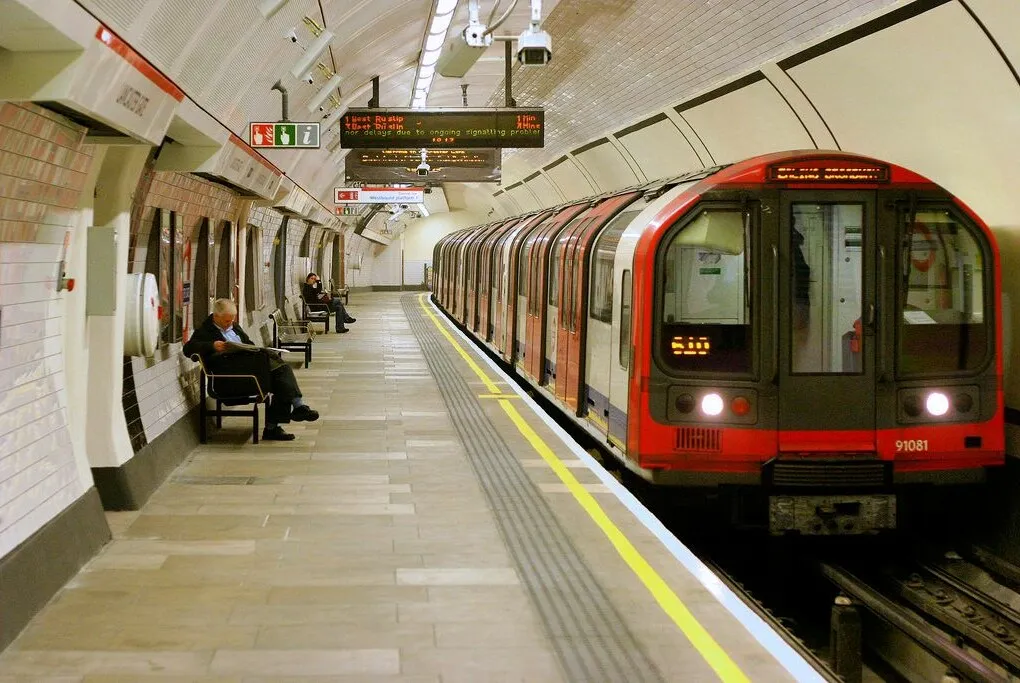
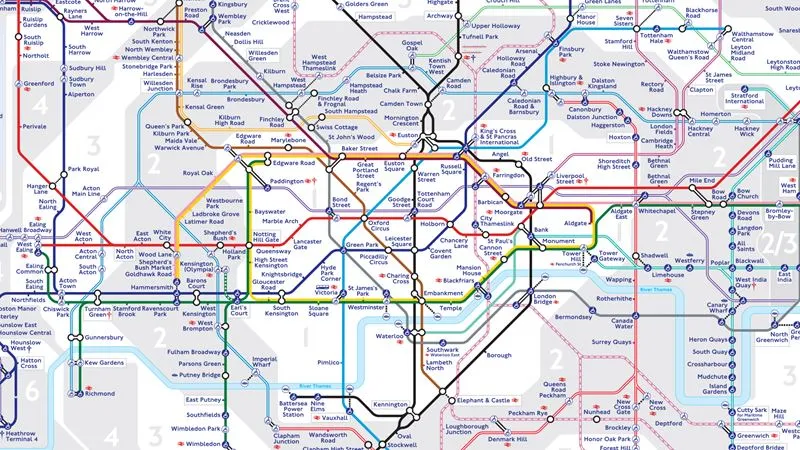
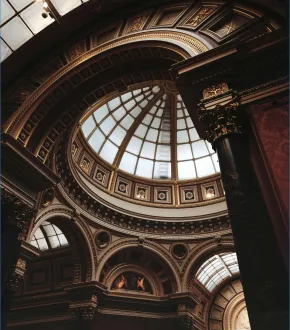

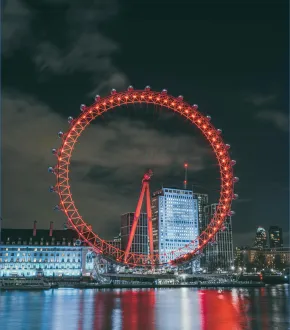
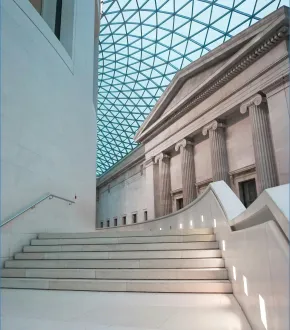
Comments